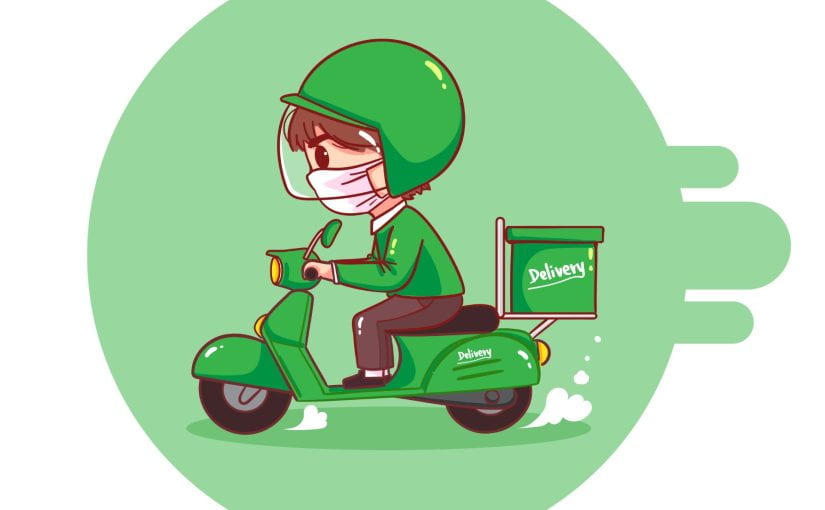In the fast-paced world of eCommerce, one aspect reigns supreme: shipping. From the moment a customer hits “purchase” to the eagerly anticipated delivery at their doorstep, the shipping experience can make or break a business. In this blog, we explore how eCommerce shipping solutions are revolutionizing the way businesses deliver products to their customers, ensuring smooth sailing every step of the way.
The eCommerce Shipping Landscape
Gone are the days of slow and unreliable shipping methods. Today, customers expect nothing less than lightning-fast deliveries and real-time tracking updates. To meet these demands, eCommerce businesses are turning to innovative shipping solutions that prioritize speed, efficiency, and customer satisfaction.
Streamlining Operations with Technology
At the heart of modern eCommerce shipping solutions lies technology. Advanced software platforms empower businesses to streamline their shipping operations, automate processes, and optimize routes for maximum efficiency. These platforms offer a wide range of features, including order management, inventory tracking, label printing, and carrier integration, all accessible from a single dashboard.
By leveraging the power of automation and data analytics, eCommerce businesses can eliminate manual tasks, reduce errors, and scale their operations with ease. This not only improves productivity but also enables businesses to offer competitive shipping options, such as same-day or next-day delivery, without breaking the bank.
For more info visit here- Boost Customer Satisfaction: Use Delivery Tracking Software
Enhancing Customer Experience
In the age of instant gratification, customer experience is king. Seamless shipping solutions play a crucial role in enhancing the overall shopping experience for customers. From providing accurate shipping estimates to offering flexible delivery options, businesses can delight customers at every touchpoint of their journey.
Real-time tracking capabilities allow customers to monitor the progress of their orders every step of the way, providing peace of mind and reducing anxiety about the whereabouts of their package. Additionally, transparent communication regarding shipping updates, delays, and delivery attempts helps manage customer expectations and fosters trust and loyalty.
Meeting Sustainability Goals
In addition to speed and efficiency, sustainability has emerged as a key consideration in eCommerce shipping. As consumers become more environmentally conscious, businesses are under pressure to minimize their carbon footprint and adopt eco-friendly shipping practices.
From using recyclable packaging materials to optimizing delivery routes to reduce emissions, eCommerce shipping solutions are evolving to meet the demands of a greener future. By prioritizing sustainability, businesses not only contribute to environmental conservation but also appeal to eco-conscious consumers who prioritize ethical shopping practices.
Looking Ahead: The Future of eCommerce Shipping
As eCommerce continues to evolve, so too will shipping solutions. From advancements in drone delivery technology to the rise of autonomous vehicles, the future of eCommerce shipping holds endless possibilities. However, one thing remains certain: the importance of delivering exceptional shipping experiences that exceed customer expectations.
Conclusion
In conclusion, eCommerce shipping solutions are transforming the way businesses operate, enabling them to navigate the complexities of logistics with ease. By embracing technology, enhancing customer experience, and embracing sustainability, businesses can ensure smooth sailing on their journey to eCommerce success.




